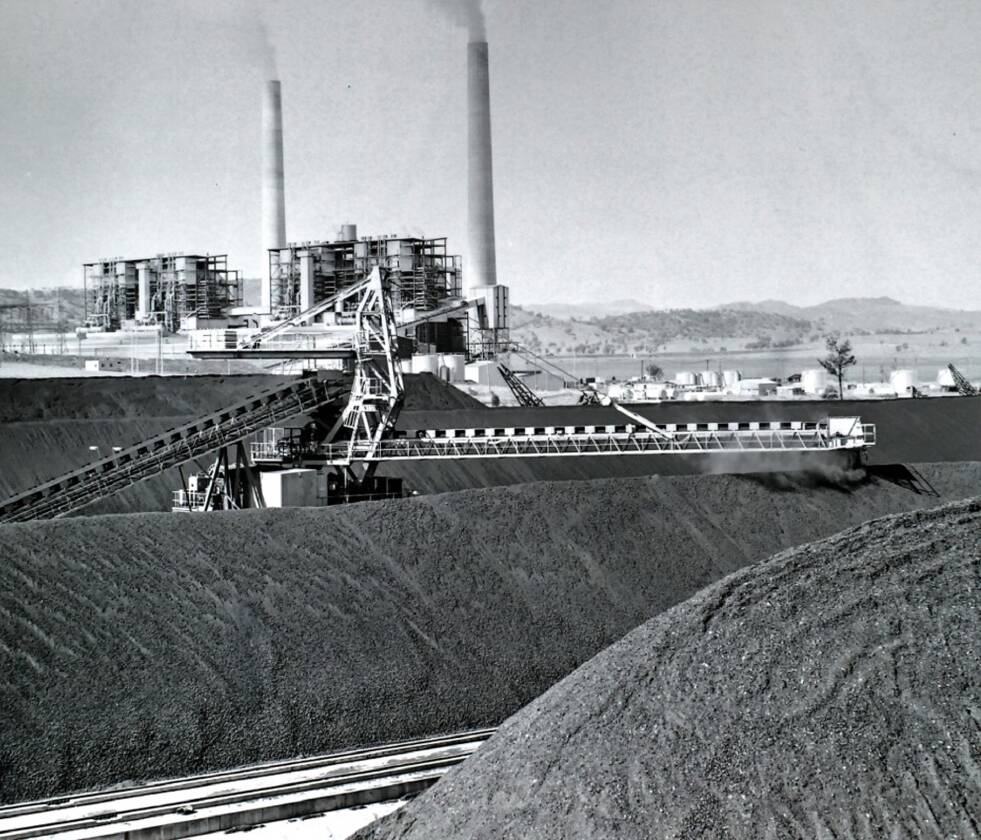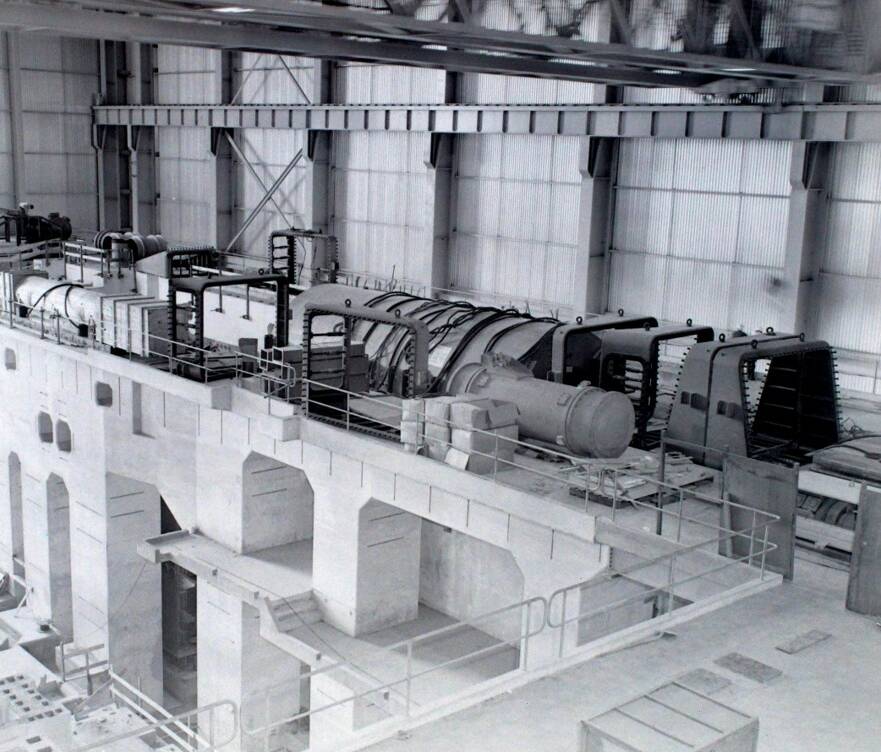
So far, it was like any large electricity-generating unit startup.
Liddell power station's first 500 MW generator was being prepared for service. The myriad pre-start checks had been completed.
The boiler was producing steam to drive the turbine generator towards the required 3000 revolutions per minute.
On that day in early April 1971, the small number of white-overall clad operators in the plant control room were outnumbered by managers, engineers and contractors there to witness this milestone event of synchronising the complex machine they had all worked on for years.
All stood back from the unit control board to allow the power plant operator (PPO) to move to various control stations. The charge engineer stood close by in case his advice was needed.
A second PPO was nearby if needed. Two assistant power plant operators were waiting to go onto the plant if directed.
The PPO quietly monitored many critical parameters, but none as important as the boiler steam pressure, temperature, and turbine speed.
There were no raised voices; the PPO was doing his job in a measured manner; he knew where he was in the startup procedure.
He looked to the charge engineer with raised eyebrows as if to say, "OK, we are near 3000 RPM; I am going to synchronise it now".
The charge engineer nods imperceptibly.
When all the vital parameters aligned, the PPO pressed the button to close the circuit breaker to connect the generator to the state network.
It closes but then immediately opens.
The instant the circuit breaker had closed, a thunderous bang was heard from the plant.
The building and the floor shuddered.
The PPO only knew that the synchronising exercise had failed but did not know why. He knows that he must now make the generating unit safe. Had the systems that had to shut down done so automatically?
Had those systems crucial to the safe run down of the turbine remained in service or started as required?
The cause of this failure, significant as it was then, need not trouble us 51 years later. This startup and all those that followed showcase the criticality of getting a generating unit online.
Not that it was realised at the time that first failure partly foreshadowed the station's future.
In 1996, long-time station manager John Marcheff commented that life at Liddell was never dull or boring, always interesting or challenging.
There always seemed to be a crisis.
The station was very hands-on. More so than at later stations, every day at Liddell was different.
In Liddell's 51 years of operation, March 26, 1981, was another auspicious day. Not for a milestone of achievement but because that day heralded the start of the station's worst eight months.

Three of Liddell's four 500 MW generators failed for similar reasons.
The subsequent power restrictions in NSW were the first significant technology-related since the 1940s and early 1950s.
Even so, Liddell is more than these incidents.
It is more than the political arguments about its closure or concern about its emissions, important as each is.
As a substantial contributor to the South-East Australian electricity network, Liddell impacted the lives of many millions of people. More directly, it affected the thousands who worked there.
Analysing people's relationship with Liddell is very subjective.
People use different words or forms of expression to explain their association with the station and their work colleagues.
Many commented on Liddell being hot and dirty. An early union delegate recalled the "industrial relations warfare" in his time.
Another commented that Liddell's people had to accept change to ensure the station remained viable.
By the time Liddell ceases production on Friday, April 28, it will have been an operational power station for 18,975 days or 51 years, 11 months, and 12 days.
This is noteworthy when compared with its contemporaries Vales Point A (26 years) and Munmorah (45 years).
Finally, the opinions of politicians, business leaders, the media, and special interest groups are important.
However, as former AGL Macquarie general manager Kate Coates has noted, "50, well actually nearly 52 years, is a testament to the plant, but more profoundly, to Liddell's people".
Dr Ken Thornton has a long association with the NSW power generation industry. He has written on its history and histories of Munmorah, Liddell and Eraring power stations
WHAT DO YOU THINK? Join the discussion in the comment section below.
Find out how to register or become a subscriber here.







